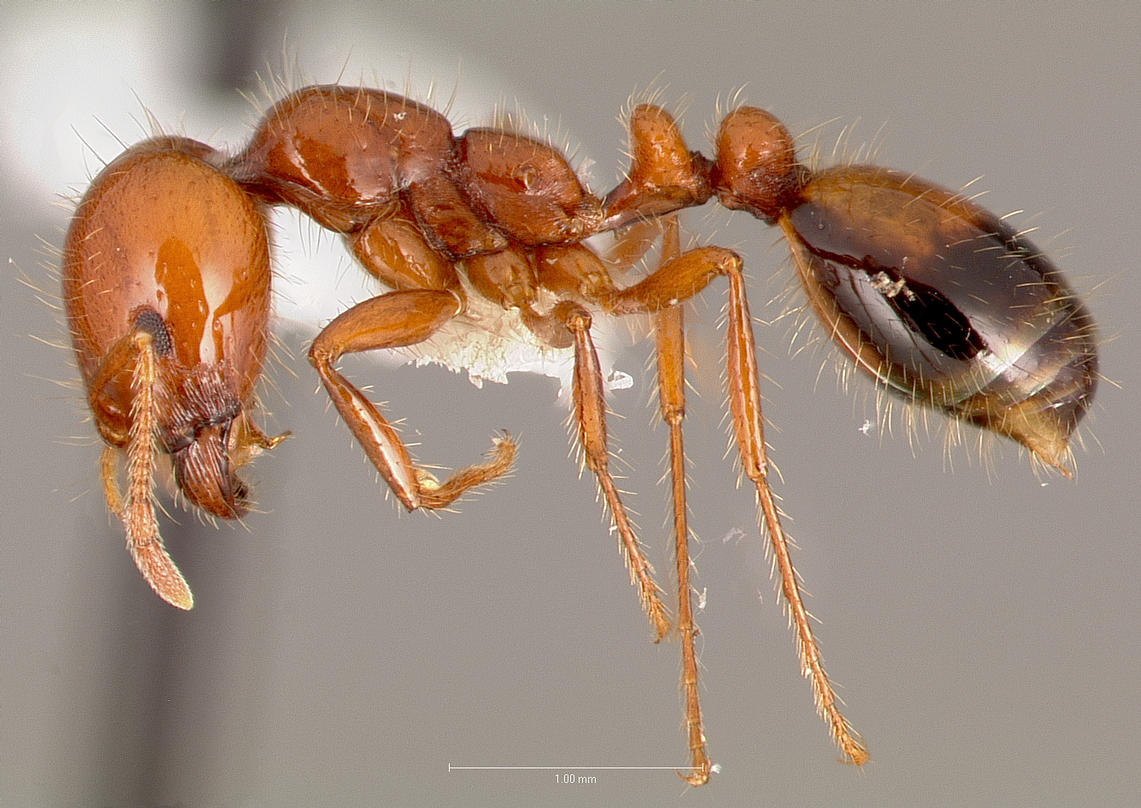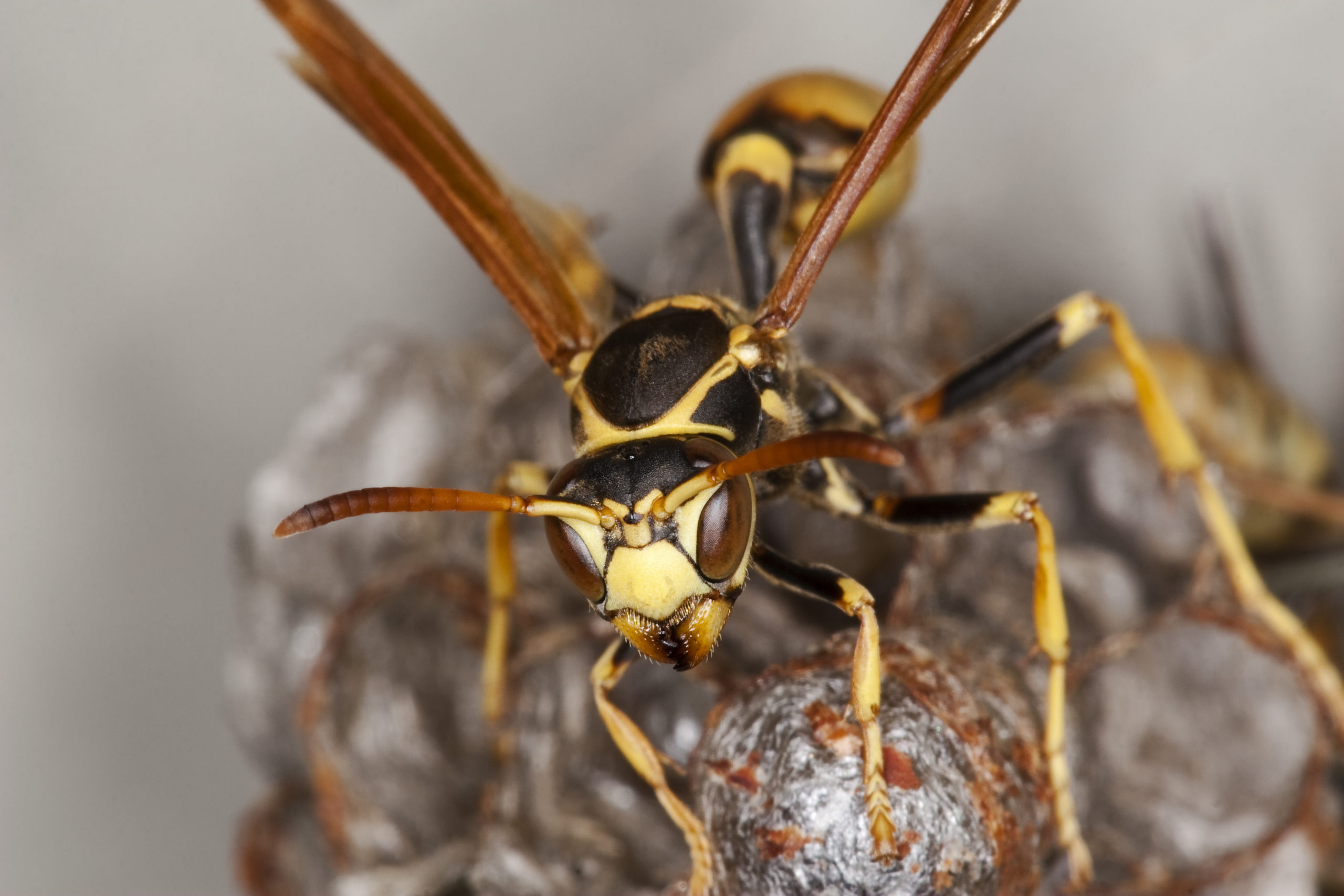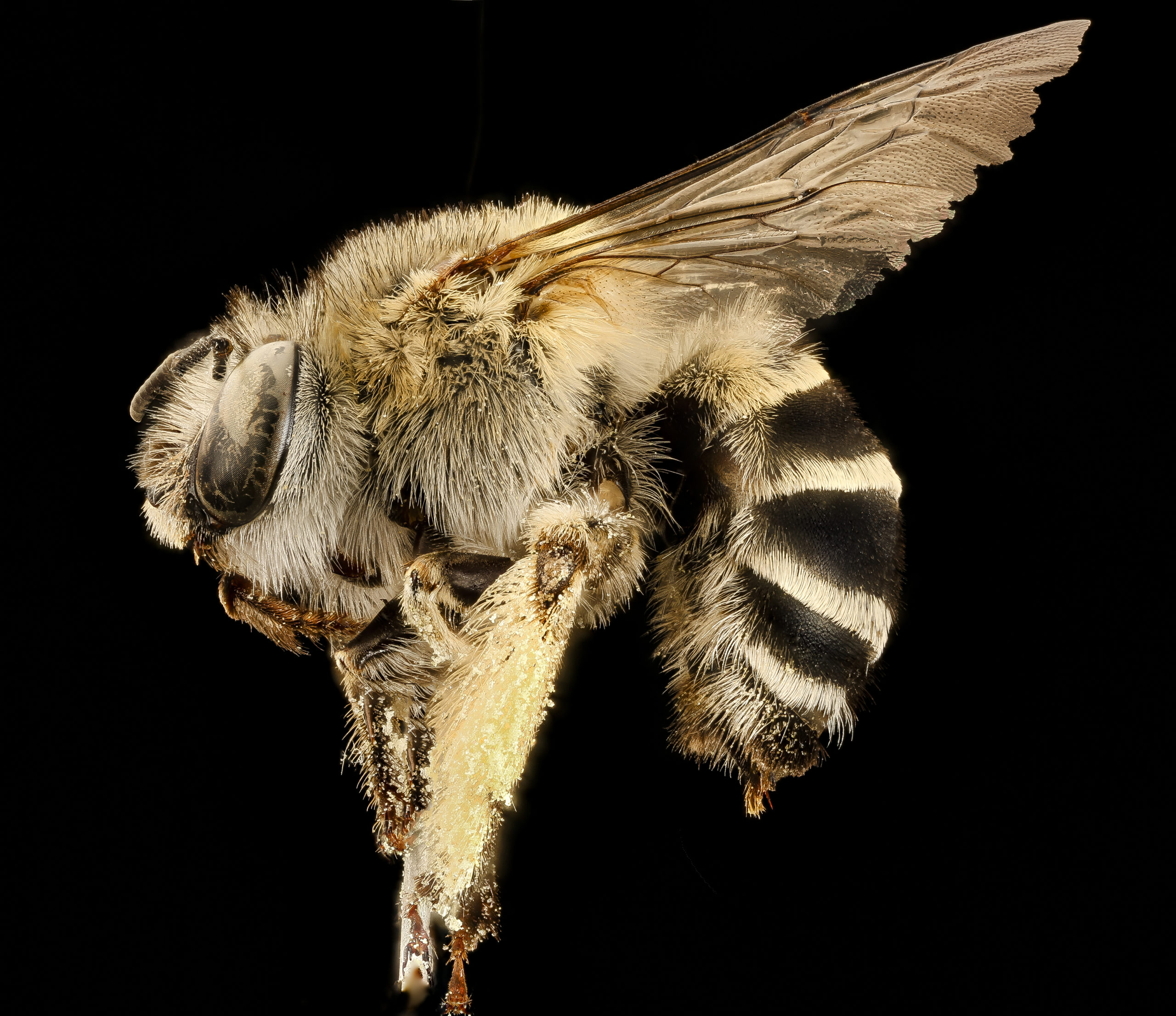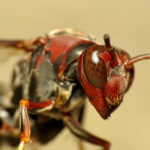Insect stings can be very painful however there are different levels of pain associated with certain insects. Take a look at some of the insects on the level 1 pain scale. The duration of the pain of insect stings categorized into Pain Level 1 generally is five minutes or less.

The southern fire ant also known as the Californian fire ant or cotton ant, is a stinging fire ant native to southern parts of the United States. Its behavior is similar to the red imported fire ant, although its sting is less painful. It has a broad and opportunistic diet, and will store seeds in its nest and eat honeydew collected from other insects.

The elongated twig ant is a large, slender species native to Mexico and arid parts of the US. The worker ants generally take on a wasp-like appearance and style and also seem to take on movements similar to wasps. Worker ants are bi-colored; the head and gaster are dark, while the antennae, mouthparts, thorax and legs are dull orange with dark shading.
If the colony is ever without a queen ant, the worker ants form dominance hierarchies by actually boxing with their antennae. This leads to a couple high ranking individuals to lay eggs until a new queen returns.

Western Paper Wasp nests can be found both in forests close to rivers or living close to human habitation living under the eaves of roofs. Despite the fact that this wasp often builds nests are frequently in close contact with humans it typically will not sting but if you do get stung it will be a level 1 sting, but rather ram into the threatening individual.
The males claim their territory by rubbing sternal brushes along the border of the site, leaving a chemical that deters other individuals from approaching. This Paper wasp feeds on nectar, and animal carcasses and are often prey to birds, ants, and praying mantis.

The Digger Bee belong to a superfamily of bees containing at least 5700 different species. The family includes some of the most commonly seen bees, including bumblebees and honey bees, but also includes stingless bees (also used for honey production), carpenter bees, orchid bees, cuckoo bees, and a number of other less widely known groups. Many are valuable pollinators in natural habitats and for agricultural crops.




